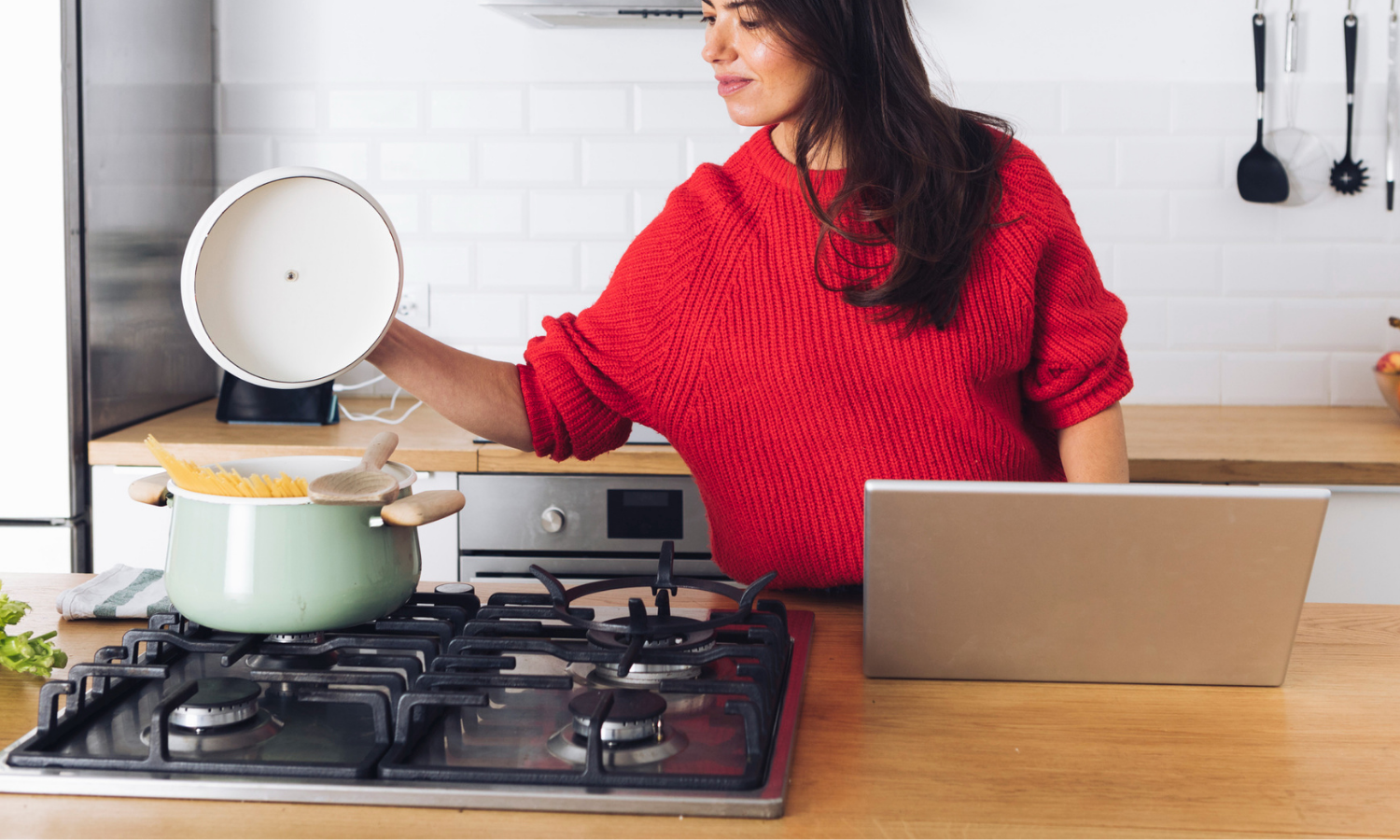


Hiring a top home remodeling contractor helps you make smart decisions about backsplash placement behind your stove. This guide covers the key factors to consider when planning your kitchen backsplash. We'll discuss the right height, proper length, design options, and practical maintenance tips. You'll also learn how to match your backsplash with your kitchen's style and layout for the best results.
Place your stove backsplash directly behind the stove to stop splatters and spills from hitting the wall. This spot keeps cooking messes contained and makes cleaning easier. The best height for a stove backsplash is usually 15 to 18 inches above the cooking surface. This height works well for both protection and aesthetics, keeping your wall safe while complementing your kitchen design nicely. The primary function of a backsplash is to protect the wall from grease, moisture, and food splatter, so getting the height right is crucial for both function and appearance in your cooking space.
The length of your stove backsplash should match the size of your cooking area to protect your walls and create a unified look. The right length depends on your stove's width and how far splashes and grease can reach during cooking. A backsplash that covers the entire length of the stove provides complete protection and contains all splatters. If your stove is situated near a corner or another counter, extending the backsplash a bit beyond the stove's width can enhance the look and flow of your kitchen design. The goal is to strike a balance between function and style for a practical and visually appealing kitchen space.
You have several design choices for finishing your stove backsplash to create a polished look in your kitchen. One clean option is to end the backsplash at the bottom of your cabinets for a smooth finish. Another option is to extend the backsplash to the end of the countertop, creating a unified appearance that connects the entire kitchen. A modern approach continues the backsplash to the ceiling, making the stove area a focal point. You can also use decorative trim or molding to cap off the backsplash, adding a touch of style to your kitchen design. Try these options to find the perfect ending for your stove backsplash.
Consider practical and maintenance needs when deciding on your stove backsplash placement and design to create a functional and easy-to-clean kitchen. Here are three important points to remember:
Ensure your backsplash complements your overall kitchen layout to create a unified and attractive space. Consider your kitchen style - modern, traditional, or a mix - and select a backsplash that complements this look. For a sleek, modern kitchen, opt for simple subway tile or metallic finishes to add sophistication—a rustic kitchen pairs well with a farmhouse-style backsplash that features patterns or earthy colors. Also, consider the colors of your cabinets, countertops, and flooring to ensure the backsplash complements these features instead of clashing with them. By matching your backsplash with your kitchen layout, you can create a beautiful design that improves your entire space.
Other Related Topics: